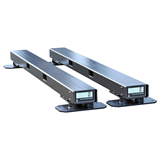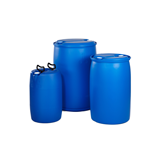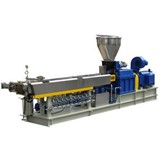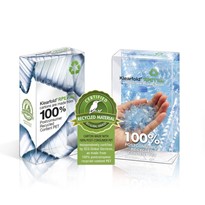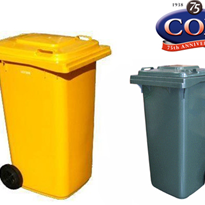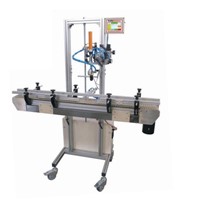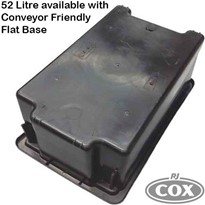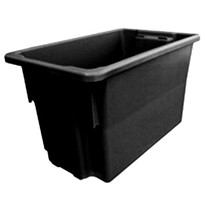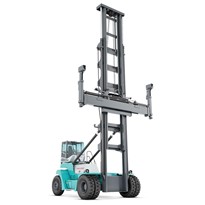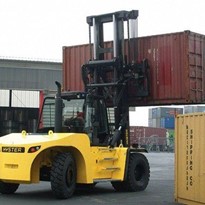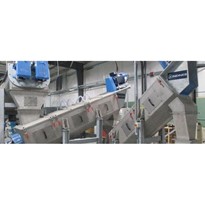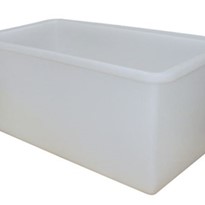There are many ways to reuse plastic containers: for food storage or frozen meals, filled with soil for seedlings, kids lunches or food for the chickens.
You could try to avoid buying them to begin with, and some have tried.
Plastic food containers are generally made of polypropylene, or PP-5.
While this material is generally described as recyclable and can be placed in your recycling bin for collection by your local council, it is difficult to find out where it goes and just how much ends up in landfill, where it may take hundreds of years to break down.
But what we do know is that a lot of plastics don't get re-used.
"12% of our plastics are recycled in this country," Prime Minister Scott Morrison pointed out in 2019.
"I think we are breaking the faith with Australia," he said.
Plastic recycling by Councils
In response to questions sent to various local government organisations and waste collection services in the Illawarra a number of varying responses were received, but most related to plastics in general.
Shoalhaven Council based in Nowra appeared to be ahead of other councils.
The Council said it collected around 1,000 tonnes of plastics each year from its yellow bins, which made up 76% of its recyclable content.
"100% of recyclable products dropped off at waste depots are recycled as they are separated at collection," a spokesperson said.
"The percentage of contents from the yellow bin that goes to landfill is 24%, with zero per cent from the [public's] waste depot drop-offs going into landfill."
Shoalhaven has a plan to build a "state-of-the-art materials-recovery facility" that is expected to improve the reuse of plastics, would be operational within the next two years.
The materials-recovery facility would also extract recyclables from red-lidded bins where people have not bothered to separate them.
Further north, Shellharbour Council collects around 500 tonnes of plastic via its yellow lidded bins each year, but was not able to provide a breakdown on what percentage was recycled and how much goes into landfill.
New plastic from old
Work on a new $45million plastic recycling facility at Albury, on the NSW-Victorian border is expected to be completed in October.
It is a joint venture between Cleanaway, Asahi Beverages and plastics manufacturer Pact Group Holdings.
"It is anticipated the facility will recycle the equivalent of around 1 billion 600ml PET plastic bottles each year," Cleanaway stated.
The NSW government's Waste and Sustainable Materials Strategy 2041 incorporates a target to "phase out problematic and unnecessary plastics by 2025," but this looks unlikely for take-away plastic containers, especially when waste overall in NSW is set to grow from 21 million tonnes in 2021 to nearly 37 million tonnes in 2041.
Fighting plastic waste, containers or otherwise, remains very much an uphill battle. HLP KLEARFOLD is committed to fight this battle with you.
At HLP Klearfold, we recognise the environmental issues plastics pose, and we have been continuously aiming to increase our use of recycled materials in our manufacturing process for years. Our RPET packaging can be made from up to 100% recycled consumer waste and is 100% recyclable.
Now we have been able to create a plastic made from 100% post consumer waste, making it an entirely sustainable plastic that is durable and suited to a range of packaging requirements.
100% post consumer waste is the future of plastic packaging. Environmental sustainability is important to us and increasingly, to consumers globally. Pursue your business’ sustainability goals and environmental ethos by switching to our 100% recycled plastic packaging for your products.


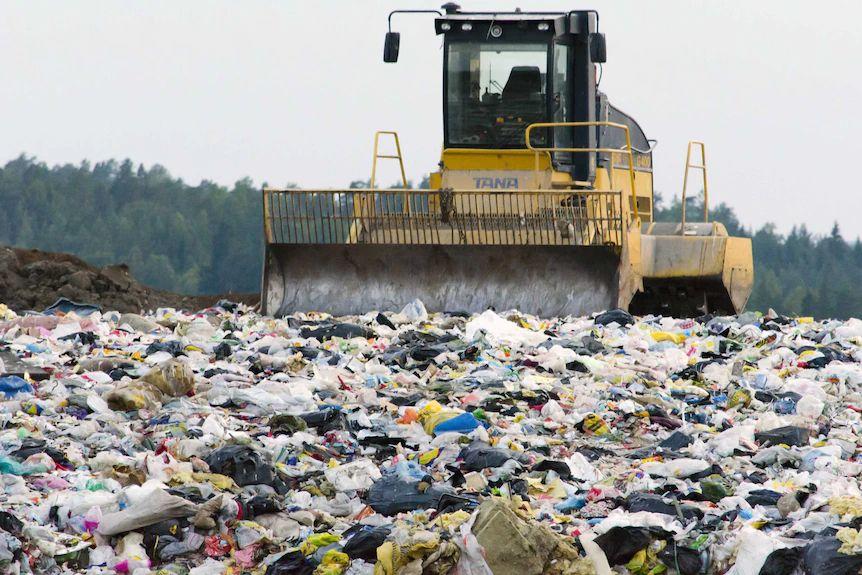


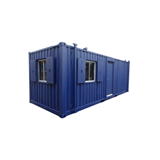
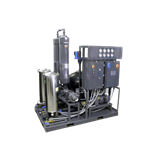
-160x160-state_article-rel-cat.png)
